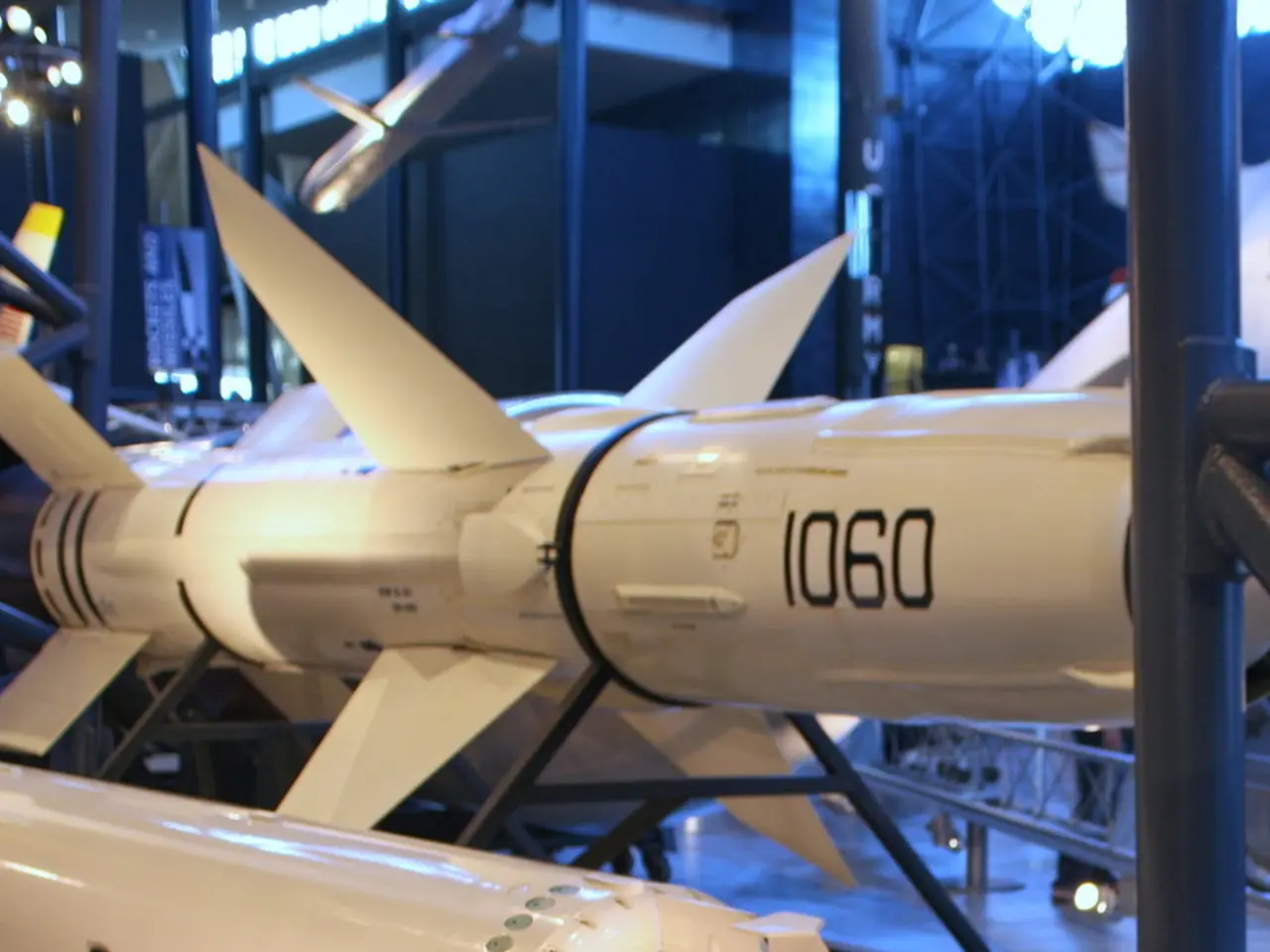Students at Concordia are preparing to blast a rocket into the skies of northern Quebec
Concordia University's Student-Designed Rocket Set to Make History
A groundbreaking event is about to take place in the world of space exploration. Concordia University's student-designed rocket, named Starsailor, is all set to make history by becoming the first university-built liquid-fuel rocket to reach space [1][2][3]. This historic launch is scheduled to take place between August 8 and 18, 2025, from a remote location in northern Quebec [4].
This mission marks a significant comeback for Canadian space launches on Canadian soil, as it will be the first Canadian rocket launch in 25 years, and the first-ever launch into space from Quebec [2][3]. The project, which has been in the making for seven years, involves over 700 students from Concordia's Gina Cody School of Engineering since 2018 [2][3].
Starsailor, standing tall at approximately 12 meters, is a marvel of engineering. It is powered by a custom liquid engine, fueled by kerosene and liquid oxygen, similar in concept to historic Apollo rockets [2]. The rocket is designed to reach an altitude of 125 kilometres, crossing the Kármán line, which is generally recognised as the boundary of space [2].
During its brief flight, the rocket's engine will burn for about 30 seconds, propelling it to speeds of approximately five times the speed of sound [2]. The launch site, a trapline in northern Quebec, is overseen by Space Concordia’s Rocketry Division [4].
A livestream of the launch will be available, and a documentary is planned to capture this landmark event, showcasing the innovation and ambition of the students involved [2]. The documentary will highlight the journey of the students from the initial concept to the final launch, underscoring the power of student-led innovation at a global scale.
Professor Kiyanda, a key figure in the project, describes Starsailor as a "true tool for technological development" that could contribute significantly to scientific research in Canada [5]. He also notes that a rocket like Starsailor could be a first step if Canada were to restart its space launch program [5].
In summary, Concordia University's Starsailor rocket launch is a historic space mission driven by engineering students aiming to break new ground in Canadian and university spaceflight history [1][2][3][4]. This mission not only represents a comeback for Canadian space launches but also marks a first-of-its-kind milestone for university-built liquid-fuel rockets reaching space.
[1] Concordia University (2023). Starsailor: The Next Big Thing in Space Exploration. Retrieved from https://www.concordia.ca/news/stories/2023/03/01/starsailor-the-next-big-thing-in-space-exploration.html
[2] CBC News (2023). Concordia University's student-designed rocket set to make history. Retrieved from https://www.cbc.ca/news/canada/montreal/concordia-university-student-designed-rocket-set-to-make-history-1.6763930
[3] Montreal Gazette (2023). Concordia University's student-designed rocket to launch from Quebec in August. Retrieved from https://montrealgazette.com/news/local-news/concordia-university-s-student-designed-rocket-to-launch-from-quebec-in-august
[4] Space Concordia (2023). Launch Site. Retrieved from https://spaceconcordia.com/launch/launch-site/
[5] National Post (2023). Concordia University's student-designed rocket could pave the way for a new era of Canadian space travel. Retrieved from https://nationalpost.com/news/canada/concordia-university-s-student-designed-rocket-could-pave-the-way-for-a-new-era-of-canadian-space-travel
The groundbreaking project at Concordia University, driven by students, showcases the intersection of engineering and science, as the university-built rocket Starsailor aims to venture into space. Such an accomplishment could pave the way for technological advancements and educational opportunities in space-and-astronomy, environment, and self-development. This mission has also attracted attention from the media, with a planned documentary highlighting the journey of these students and the potential impact on Canadian education-and-self-development and space-and-astronomy.




